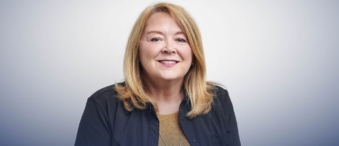Published: April 2024
Picture hundreds of medical images mapped out into a concise report so a surgical team can plan a complicated surgery to remove a rare cancerous tumour. Then, picture a virtual reality (VR) system taking all that imaging and giving the surgeon a 3D view that allows them to move within the patient’s body — just like a video game — before surgery. It’s a whole new way of surgical planning, and this new technology was used for the first time in Canada right here at The Ottawa Hospital (TOH).
When Emeric Leblanc was 13, he started to have pain in his left leg. It was initially believed to be growing pains, but as months went by, the pain worsened. “I used to play basketball, and then I couldn’t anymore because it hurt so much. It would keep me awake at night. Then it got to the point where I had trouble walking,” explains Emeric.
Eventually, he would undergo a series of tests. On December 8, 2021, now 14 years old, Emeric sat with his mom and dad at CHEO and learned he had Ewing sarcoma. This type of cancer forms in the bones — most often in children between age 10 and 20. The teen’s growing tumour was in his pelvis and about 12 cm in diameter — the size of a grapefruit.

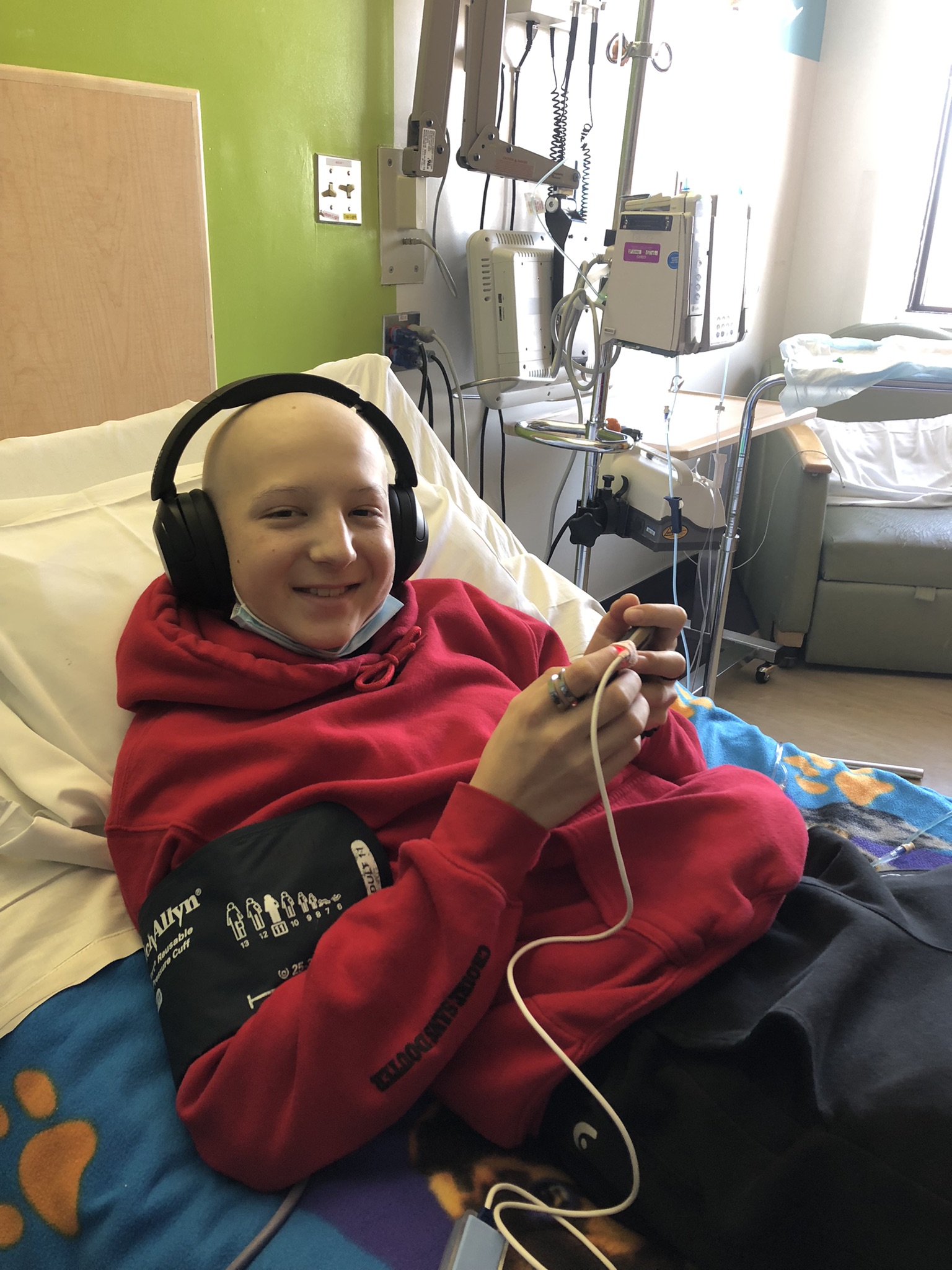
Grasping the complexity of a Ewing sarcoma tumour
While it was a shock to hear the word cancer, deep down Emeric says he already expected further tests would reveal it was cancerous. What was especially hard to digest was the news that he wasn’t going back to school.
“Everything changed in that moment,” explains Emeric’s mom, Hélène Lachance. “There was a lot of information to digest about the treatment plan and how we could prepare him for that.”
He returned to school to retrieve all his belongings because chemotherapy treatment started right away. He needed to have his braces removed, and was referred to a fertility clinic, because chemotherapy could make him infertile. It was a great deal for this teen to absorb. No longer as active as he wanted to be, he became much more invested in video games — a sign of what was to come, since VR would be used to help save his life.
A collaborative team effort
“It was a collaboration of top-notch medical oncology, radiation oncology, and surgical teams between TOH and CHEO. A lot of great people came together to help Emeric.”
— Dr. Joel Werier
For more than a year, Emeric spent most of his time in the hospital. A team from The Ottawa Hospital and CHEO came together to give him the best possible chance at a healthy, active life. “It was a collaboration of top-notch medical oncology, radiation oncology, and surgical teams between TOH and CHEO. A lot of great people came together to help Emeric,” explains Dr. Joel Werier, Head of The Ottawa Hospital Sarcoma Program and orthopaedic oncologist.
Also, an integral part of the team effort was Dr. Kawan Rakhra, a senior musculoskeletal radiologist at our hospital. Both doctors are also working with Realize Medical, the company behind the new VR technology used for Emeric’s surgery.
They each played a pivotal role in tackling Emeric’s challenging case. The tumour was on the pelvis and coming quite close to the left hip joint. The goal was to remove part of the pelvis but save the hip joint, because without it, he wouldn’t have the same function of his leg. However, removing a pelvis is probably one of the more complex surgeries in medicine, according to Dr. Werier.
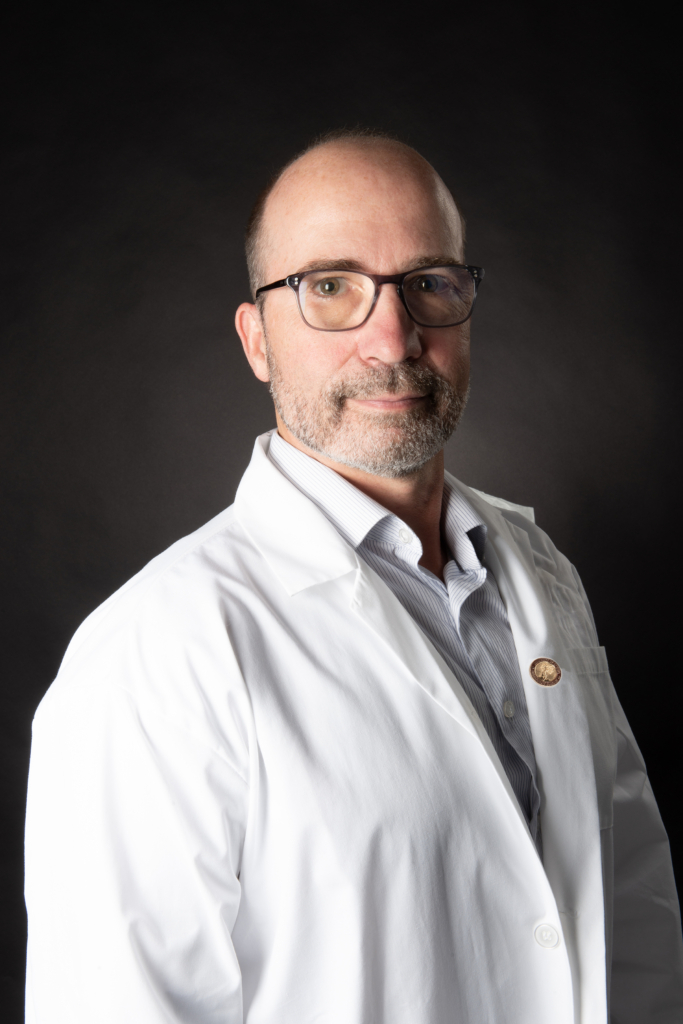
Stepping inside the patient through VR
That’s where the unique use of technology comes into play. The first step was chemotherapy to try to shrink the tumour, followed by radiation. With the tumour located on Emeric’s pelvis, a plan was needed to save his hip joint.
“This is where the VR system was really critical. It allowed us to clearly understand the exact anatomy of the tumour and its relation to important structures, including the hip joint,” explains Dr. Werier.
To best prepare a team to care for a patient, Dr. Rakhra must examine a litany of scans. In his area of expertise, whether it’s an X-ray, ultrasound, CT scan, MRI, or more, there can sometimes be 1,000+ images to scroll through, review, and create a detailed report to help with staging a cancer or planning a surgery. It takes an extensive amount of time and can be overwhelming.
“If as the saying goes, ‘A picture is worth 1,000 words,' well then a 3D virtual reality model is worth a million, and it's going to transform how we use radiology in surgical planning.”
— Dr. Kawan Rakhra
“Tumours tend to be complex and challenging for radiologists, surgeons, and oncologists to really understand the intricate anatomy, the location, and relationship to other critical tissues in the organs,” explains Dr. Rakhra.
The VR system is a game-changer on many levels. Using technology previously used by the video gaming industry, surgical teams can view a customized 3D image of the tumour, then VR headsets help them step inside the patient’s virtual space and make a much more concise surgical plan. “It’s a paradigm shift in radiology where, traditionally, we look at these raw CT or MRI images and generate independent, descriptive reports that are sent to surgeons. But now, we found a way to further process them, integrate them, and convert them into a 3D model, which is a far more informative and powerful tool,” says Dr. Rakhra. “If as the saying goes, ‘A picture is worth 1,000 words,’ well then a 3D virtual reality model is worth a million, and it’s going to transform how we use radiology in surgical planning.”
VR at The Ottawa Hospital
There is virtually nothing as disruptive in healthcare right now as VR — or virtual reality, if you’ll excuse the pun. This technology is being used across disciplines to improve patient safety, outcomes, and efficiency, while reducing costs and recovery times. It is transforming training and education today, with lifesaving implications tomorrow.
VR in action
- 3D VR is used to increase the accuracy of deep brain stimulation surgery for patients with Parkinson’s
- The Rehabilitation Centre’s virtual reality system helps patients in rehab recover skills like balancing and walking
- Patients undergoing cancer treatment can get coaching or take a virtual getaway to the mountains or the beach
A whole new perspective for the surgical team
For Dr. Werier, it gives a whole new perspective for him and his surgical team. “It allows me to see things the way they’re meant to be seen — in three dimensions, the way our eyes would see them,” explains Dr. Werier. “It allows us to better understand the intricate anatomy and manipulate the images — for example, move nerves out of the way. We can share this with other members of the team and with the patient.”
And there lies another key benefit to this technology — the patient gets a much better understanding of their diagnosis and care plan. “When you show a tumour on an MRI scan, it’s not quite as appreciated as it is in a VR system,” adds Dr. Werier.
As for Emeric, he experienced VR by playing video games in the past, but this took him inside his own body to view what his surgical team had to do and to better understand the process.
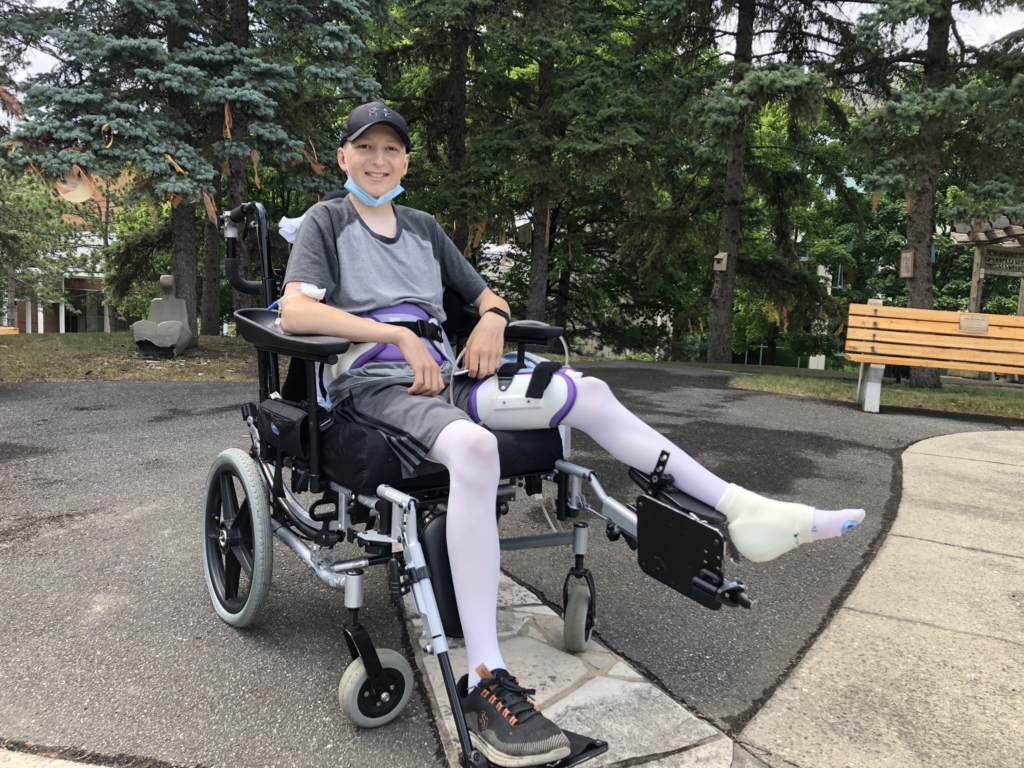
“It was very cool. I could move it around — zoom in, zoom out. I could see the important veins and nerves that they try not to cut. It was also cool that I was the first to experience this.”
— Emeric Leblanc
On July 5, 2022, he became the first patient in Canada to undergo surgery using this new VR program. It was a very delicate surgery that included removing the left side of his pelvis and removing the entire tumour. Thanks to this technology, Dr. Werier was able to save the teen’s hip joint, allowing Emeric to regain his mobility and resume the activities he loved so much — like fishing and camping.
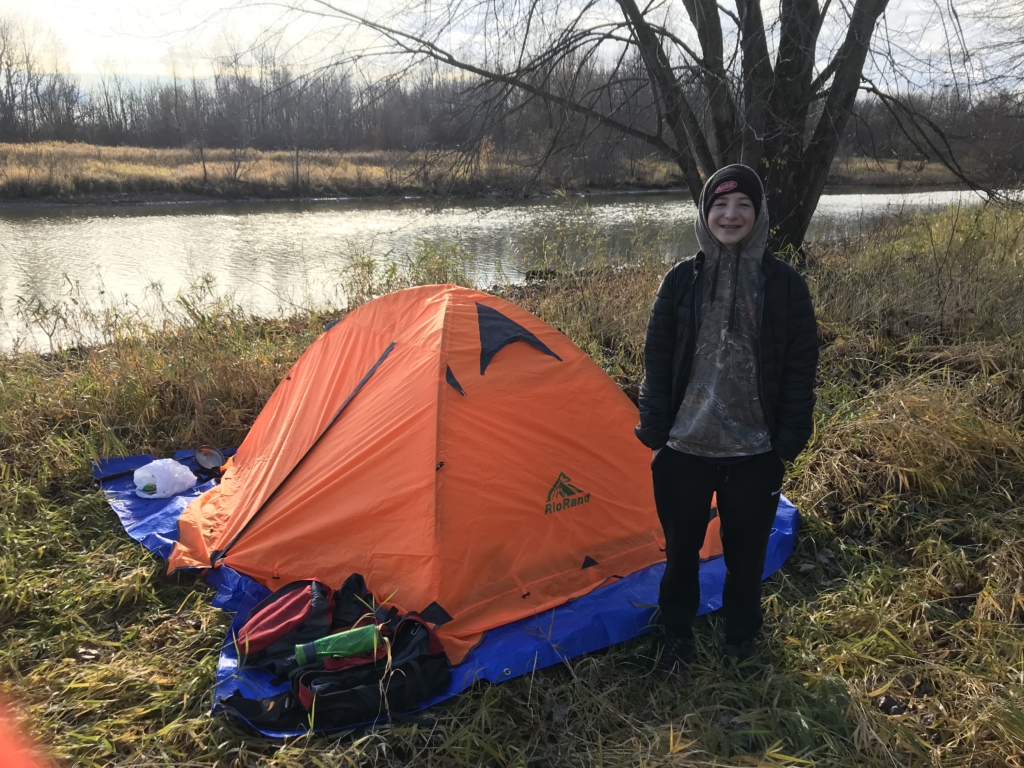
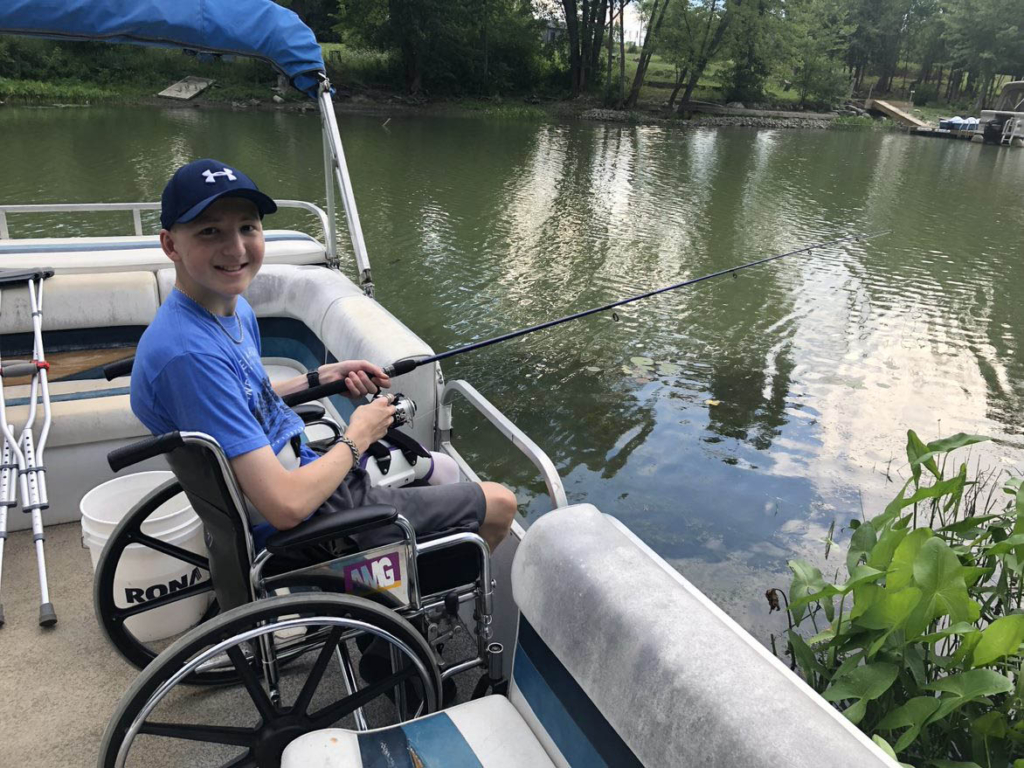
Immense gratitude to have a skilled team and technology close to home
As a parent, it was a stressful time, but Hélène says seeing the tumour through the VR provided reassurance. “It was such a big surgery but seeing all this and the expertise of the team, I knew they were going to take care of my son. Dr. Werier was awesome. I mean, he saved my son’s life. We’ll always be grateful to him.”
After Emeric recovered from the 14-hour surgery, he required more chemotherapy, but today he’s doing well. Dr. Werier explains the goal was curative, and they will monitor Emeric closely in the coming years.
“It’s a complex operation — he’s a remarkable young man, and he did great. The VR helped us a lot. It’s much more intuitive, it gets people on the same page, and it’s much more efficient. It builds confidence in the surgical team.”
The teen, who is now 16, is back at school, back with his friends, and getting stronger every day. The only difference now is he wears a shoe with a thicker sole on his left foot because his leg is slightly shorter. He also plays video games with a whole new appreciation for VR gaming.
It’s this technology that is setting the stage for the next generation of surgeons and will give healthcare teams the most effective opportunities to provide the best care options to patients.
“This is the next evolution in how we look at things — a lot of this technology is homegrown in Ottawa, and I think it’s going to lead the virtual technology medical imaging industry. We’re excited about it,” says Dr. Werier.
Listen Now:
Research is critical for finding the best ways to use this technology and proving that it’a effective. Realize Medical has many research collaborations with various teams at The Ottawa Hospital to evaluate and implement their technology.
The Ottawa Hospital is a leading academic health, research, and learning hospital proudly affiliated with the University of Ottawa. All researchers at The Ottawa Hospital follow a Responsible Innovation framework for developing and commercializing innovations in a responsible way.


